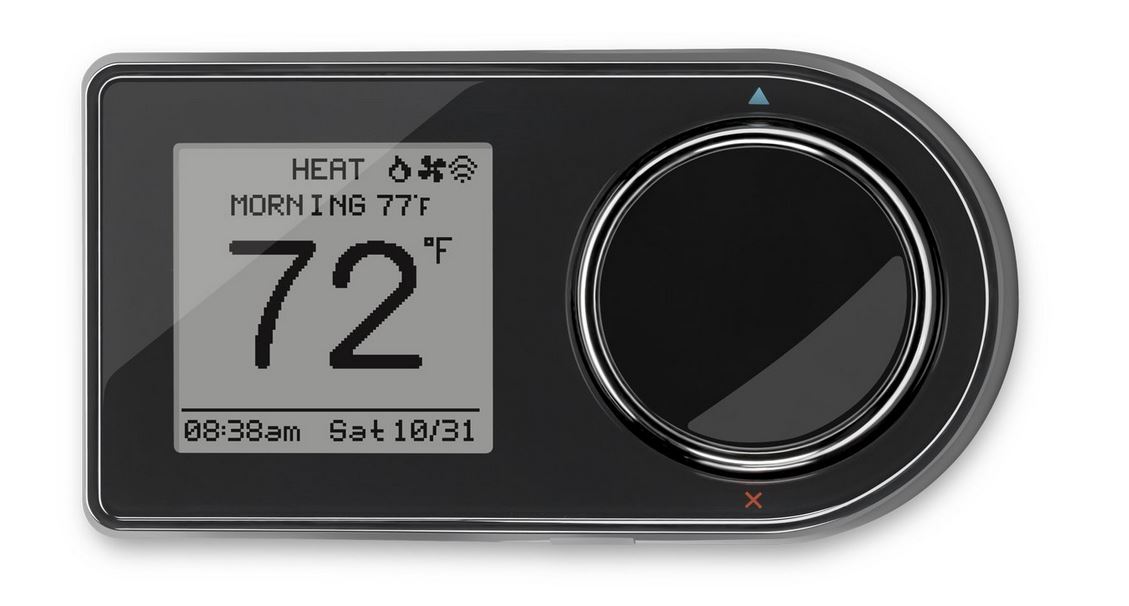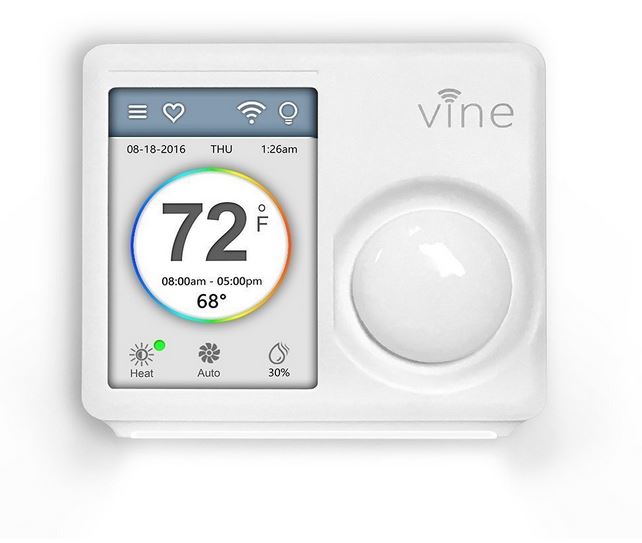Sometimes, when upgrading to SmartZone or even when upgrading to a new modern thermostat without zoning, the existing wires running to the old thermostat do not have enough conductors to make it operate properly. It can sometimes be an impossible task to run a new wire to the location where the thermostat or SmartZone panel is located. For some time, we have been recommending the use of an “Add-A-Wire” kit from LUX to solve this problem but we are now offering a solution from Vine called a COMMON WIRE ADAPTER. This new solution is available at ZoningSupply.com and can be added to any thermostat that needs an additional wire.
Existing: Three (3) wires, Needed for upgrade: Four (4) wires
Existing: Four (4) wires, Needed for upgrade: Five (5) wires
Existing: Five (5) wires, Needed for upgrade: Six (6) wires
…
Works with any thermostat that needs a common wire. Nest, Honeywell, LUX, Vine, Braeburn, Trane, Johnson, Carrier, Bosch, and MANY MORE.



























